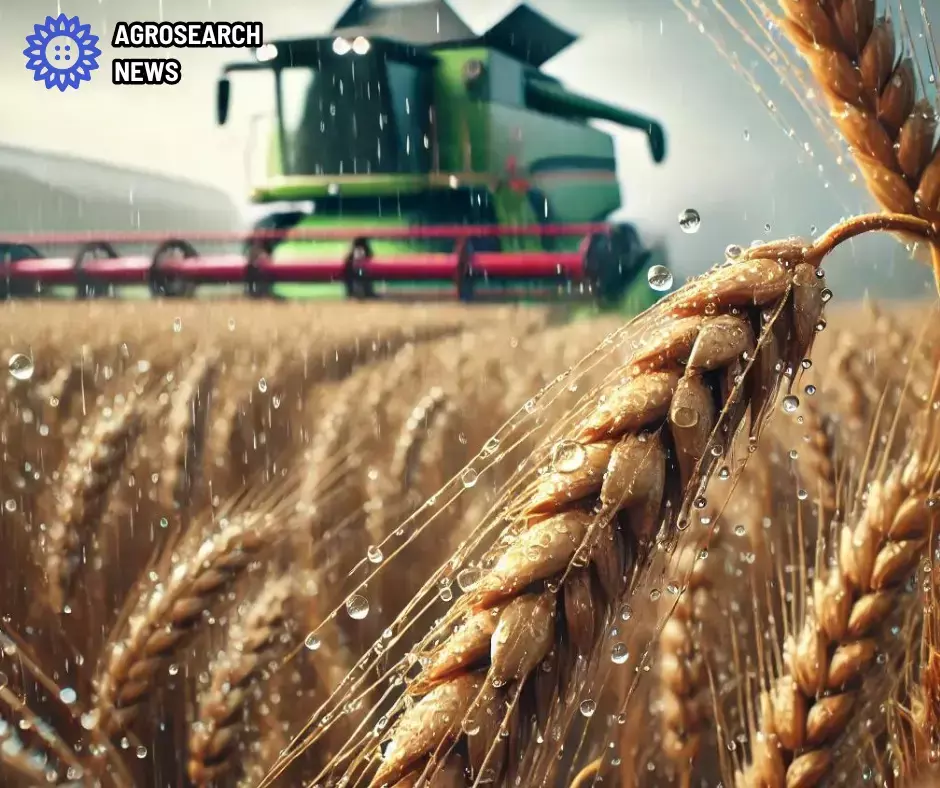23.08.2024, 13:05
💦 September Frosts and Rains: What Awaits the Harvest in Grain-Growing Regions?

🔹 The third decade of August is expected to offer favorable conditions for harvesting, though challenges may arise due to winds and rainfall.
🔹 Early September could bring frost and rain to northern and central regions of Kazakhstan, complicating the grain harvesting process.
🔹 Farmers need to consider weather risks and adapt their strategies to minimize crop losses.
Kazhydromet has released an updated forecast of agrometeorological conditions in the main grain-growing regions of Kazakhstan, covering the period of the mass harvesting campaign from late August to early September.
According to meteorologists, the third decade of August is expected to bring generally favorable conditions for harvesting. It is anticipated that grain in the field will dry at a rate of 12-16% per day over 5-8 days. However, the forecasted precipitation, combined with wind gusts reaching 15-20 meters per second or more, could lead to lodging of crops, creating additional challenges for farmers.
In early September, during the first and second decades, satisfactory conditions for grain drying are also expected. This process will take an average of 6-8 days per decade. In the northwest of Kazakhstan, conditions will be more favorable, allowing for more efficient completion of harvesting activities.
It should be noted, however, that in the northern and central regions of the country, rain and ground frosts are expected in the first half of September, which could complicate the harvesting process. Nighttime temperatures may drop to 0°C in some places, requiring special attention from farmers.
Additionally, by the end of the first decade and the beginning of the second decade of September, general autumn cooling will bring precipitation to most of the country. These conditions could affect the timing and quality of the harvest, so farmers need to consider potential risks and adjust their plans accordingly.
Kazhydromet will continue to update forecasts as new data becomes available so that farmers can respond promptly to changing weather conditions and minimize potential crop losses.
This forecast serves as an important tool for planning harvesting operations and adapting agricultural strategies in a changing weather environment.